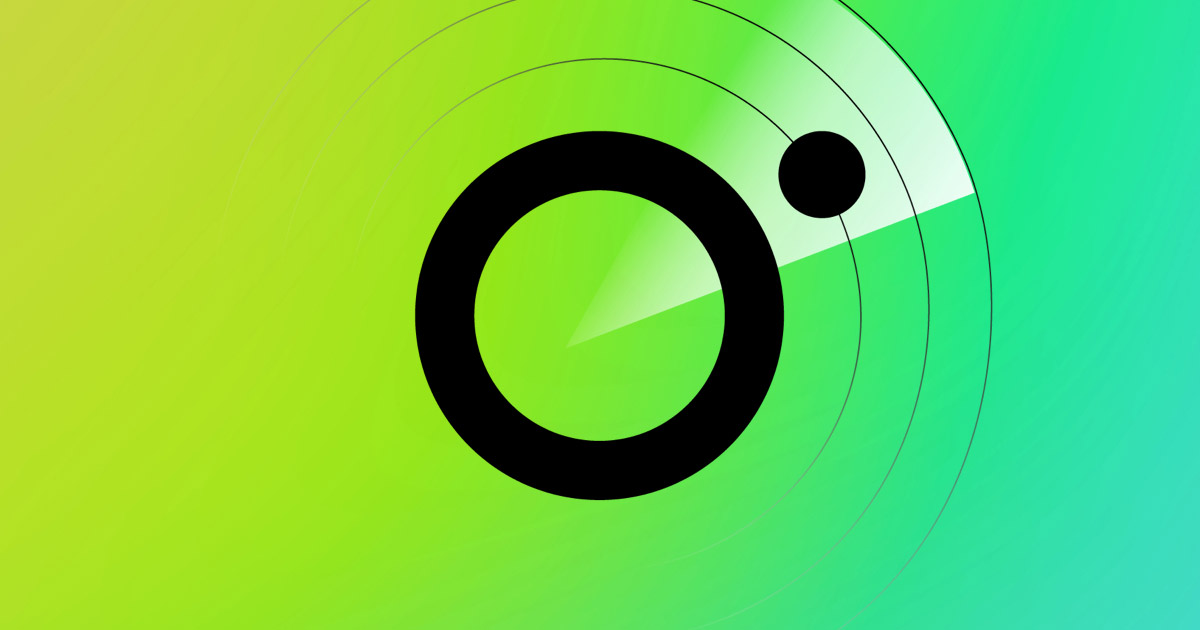Hi,
while I personally think that digital audio was an absolutely game changing quantum leap kind of technology, I still sometimes wonder whether it would also have been possible to develop some kind of technology which would have significantly improved analog audio. Like for example (just spitballing here) having some kind of optical disc read by a laser, like a CD, just with analog sound on it.
Would this be possible? And were there any efforts to go beyond reel-to-reel machines and turntables?
I think I read somewhere that early Laserdiscs still had analog soundtracks - if so, how was the sound quality on those?
while I personally think that digital audio was an absolutely game changing quantum leap kind of technology, I still sometimes wonder whether it would also have been possible to develop some kind of technology which would have significantly improved analog audio. Like for example (just spitballing here) having some kind of optical disc read by a laser, like a CD, just with analog sound on it.
Would this be possible? And were there any efforts to go beyond reel-to-reel machines and turntables?
I think I read somewhere that early Laserdiscs still had analog soundtracks - if so, how was the sound quality on those?

